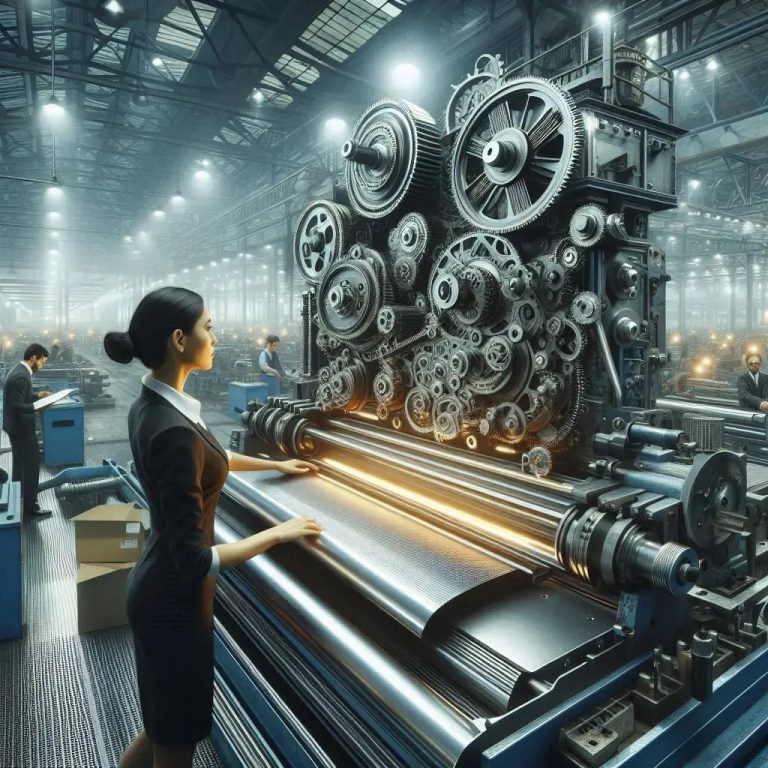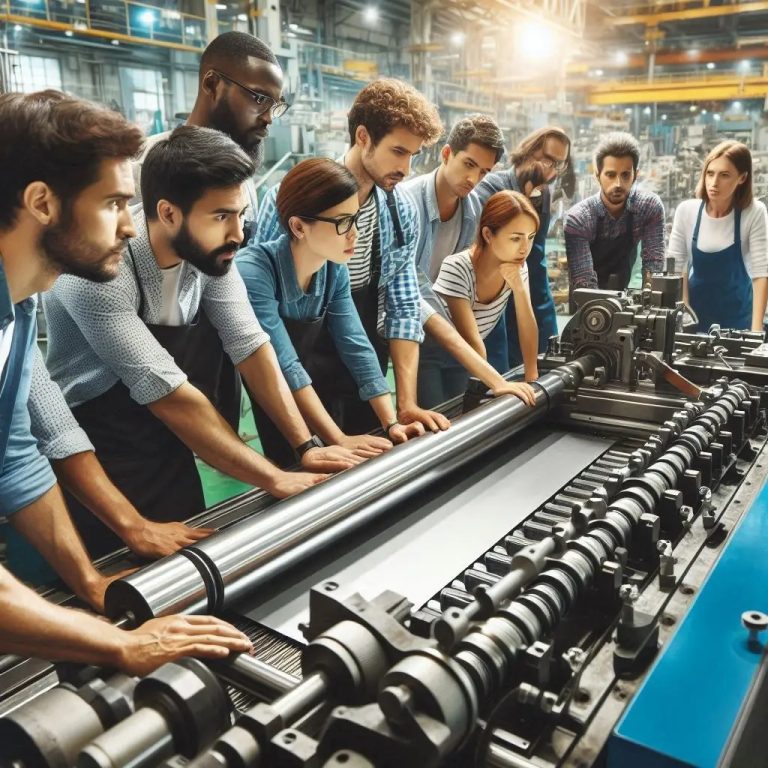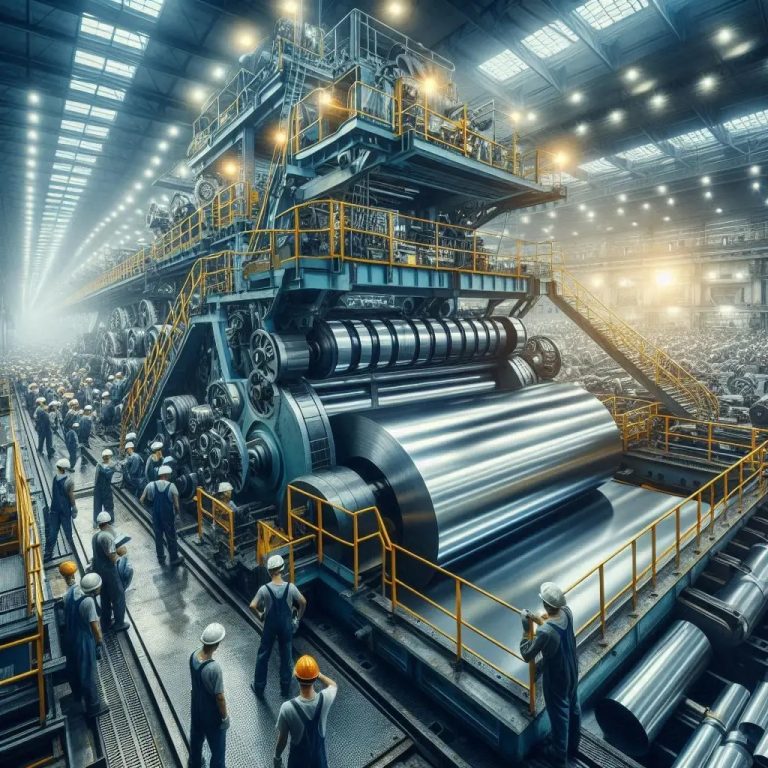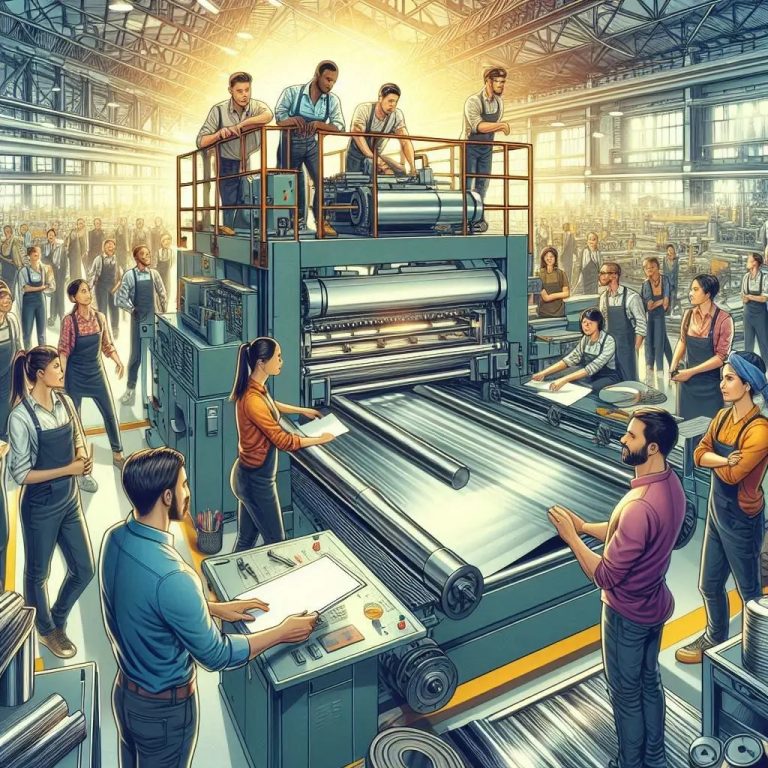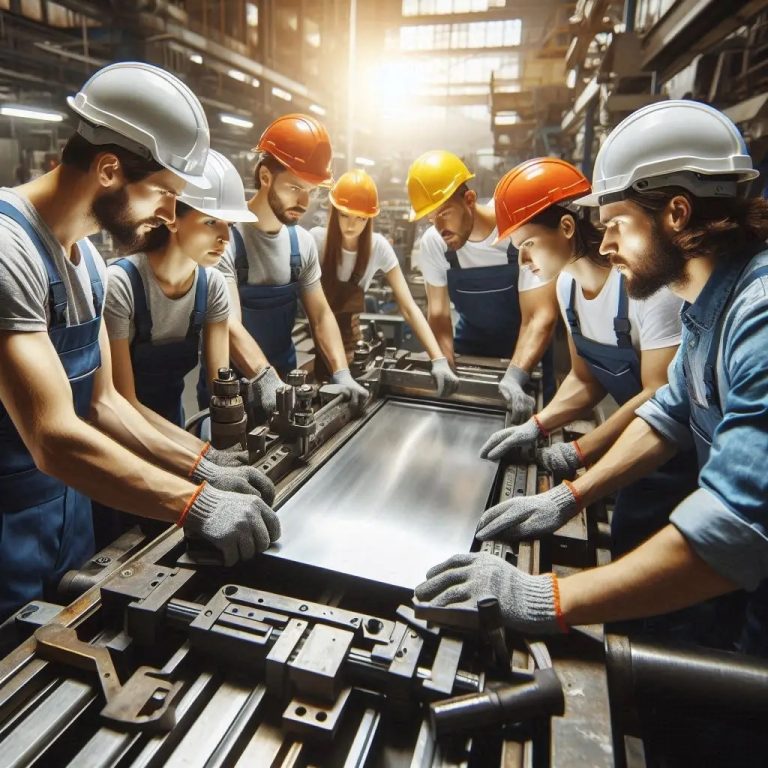Automatic plate rolling machines are redefining metal fabrication in India. Learn how automation, precision engineering, and advanced control systems are enhancing production quality, reducing waste, and improving operational efficiency in fabrication workshops.
India has quickly established its position as a growing player in the global market for metal fabrication due to ongoing advances in their knowledge and capabilities to manufacture automatic plate rolling machines. These machines are used to roll and shape steel and metal plates into cylindrical or conical forms, and are used in industries such as oil and gas, shipbuilding, construction and power generation. Indian producers have focused on automation, hydraulic efficiency, and CNC control systems to provide machines that are built to national performance specifications and international quality standards.
Understanding Automatic Plate Rolling Machines
Automatic plate rollers are intended to optimize the metal forming process by reducing human interaction as well as yielding consistent and repeatable results. Compared with conventional rolling machines, which almost always require an operator to physically manage and perform all functions, once a plate roller has been converted to an automatic system, operation is performed via electric or hydraulic drives, with all functions controlled automatically, by PLC or CNC units. Position of roll, roll speed, and pressure can all be accurately specified to allow for very controlled bending of plates with different thicknesses and diameters.
Key Features of Modern Automatic Plate Rolling Machines
Automatic plate rolling machines today are built and engineered in the modern world with reliability, accuracy and efficiency, which are all key elements to modern-day fabrication shops. These machines feature hydraulic drive systems that create smooth and effective rolling for heavy plates of steel. Additionally, an automatic CNC-controlled pre-bend eliminates flat edges and allows flawless roundness. With automatic alignment and overload protection, these machines offer improvements in safety, decreasing downtime and operating life while provision of the hydraulic features. These machines also have energy-efficient drive systems that optimize energy usage but do not compromise on torque or speed consistency. These innovations collectively allow manufacturers to produce great productivity, precision, and ultimately reduced costs, in heavy industrial situations.
Applications in Industrial Sectors
Automatic plate rolling machines are an essential component in a variety of industries for a number of reasons, the most important of which are their versatility and precision. In oil and gas, they are required to fabricate pressure vessels, pipelines, and very large storage tanks. The shipbuilding and marine industries use the machines to roll hull sections, shell plates and boilers with precision.
In the construction and infrastructure sector, automatic plate rolling machines are used for forming silos, beams and many structural components and the power generation segment utilizes the machines to manufacture heat exchangers and segments of wind towers. Because of their capability to work with various materials, thicknesses, and sizes of plates, automatic plate rolling machines can perform effectively in smaller fabricating workshops, as well as, large industrial operations, providing consistent quality and productivity.
Advantages of Using Automatic Plate Rolling Machines
Automatic plate rolling machine India bring many advantages to today’s fabrication and manufacturing environment. Automated rolling machines can reduce manual labour and operator fatigue, while also achieving faster production cycles, and consistent results; all of which are especially desirable in large batches. Advanced CNC control and digital monitoring systems provide precision while rolling plate, the ability to program multiple rolling sequences, and repeatable accuracy.
Automatic plate rolling machines are also equipped with built-in protection systems which reduce risk while operating and protect both the operator and machine from mechanical damage. Finally, improved hydraulic systems and significantly improved durability in automated plate rolling machines, meaning longer service life, less maintenance cost, and greater production rates have made the up-front investment in these products practical for most fabrication shops.
Industry 4.0 Integration and Applications
With the progression of Industry 4.0, automated plate rolling machines are becoming smart and better-connected, too. Automated plate rolling machines being manufactured today have the ability for remote accessibility, predictive maintenance, and data-driven process improvements, providing industries with the opportunity to minimize downtime and optimize production. Manufacturers in India are also at the front of this digital transition, providing exports-quality, low-cost machines that comply with CE and ISO certification.
Conclusion
Automatic plate rolling machines have become a mainstay in contemporary metal fabrication, integrating automation, accuracy, and energy efficiency. Indian manufacturers have made a name for themselves internationally for producing reliable and technologically sophisticated machines for a variety of industrial applications. As India continues to transition toward smart manufacturing, the use of plate rolling machines in India is only going to enhance innovation, productivity, and sustainability in the global metal working sector.
FAQs about Automatic Plate Rolling Machine
What is an automatic plate rolling machine?
An automatic plate rolling machine is a specialized industrial machine used to roll metal sheets into cylindrical or conical shapes with high precision and minimal manual intervention.
How does automation improve plate rolling machines?
Automation ensures consistent accuracy, faster production cycles, and reduced human error, allowing manufacturers to maintain high-quality output in metal fabrication.
What industries use automatic plate rolling machines in India?
Industries such as construction, shipbuilding, pressure vessel manufacturing, and heavy engineering rely heavily on these machines for forming metal components.
What are the main advantages of using automated plate rolling machines?
Key benefits include enhanced precision, reduced labor costs, faster production times, and improved safety during the fabrication process.
Are Indian manufacturers adopting advanced rolling technologies?
Yes, many Indian fabrication units are investing in CNC-based and fully automated plate rolling systems to meet global quality and efficiency standards.

